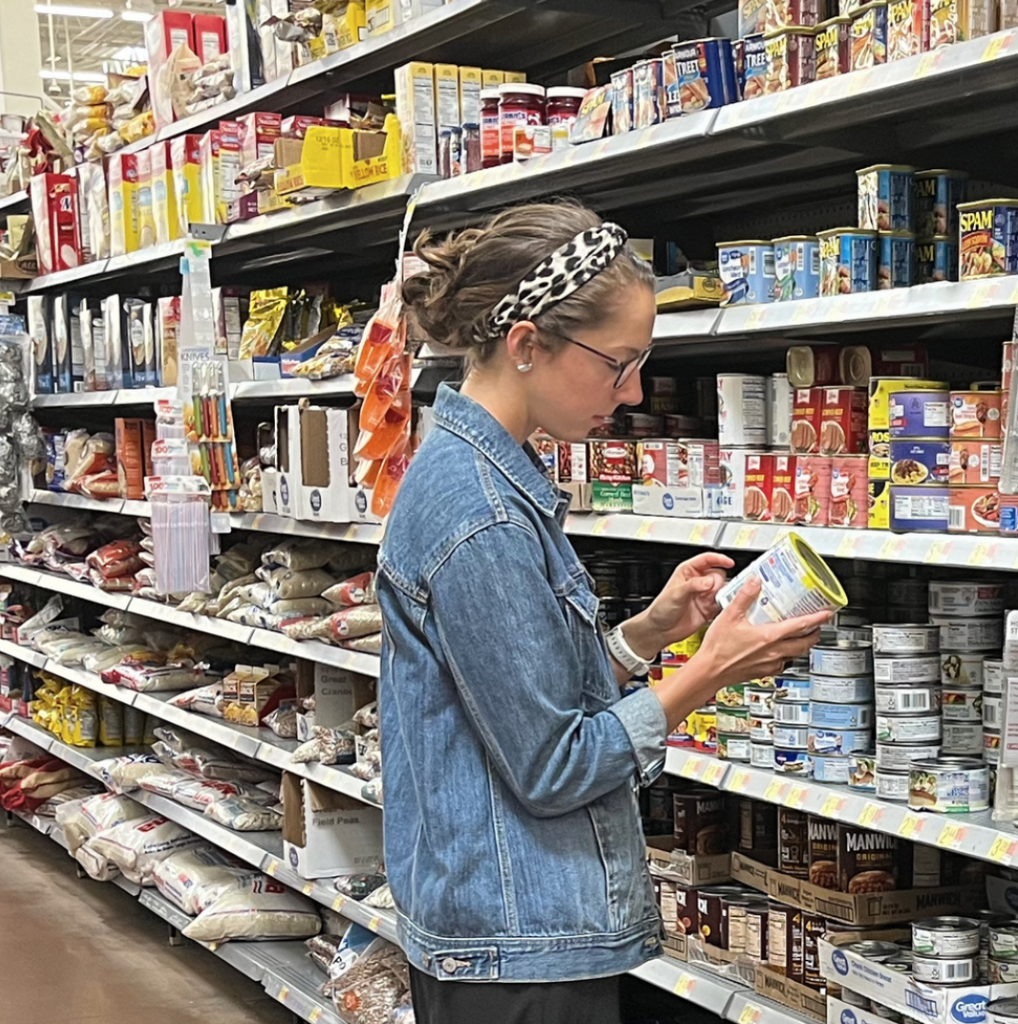Reading the Nutrition Facts Label
go.ncsu.edu/readext?1072423
en Español / em Português
El inglés es el idioma de control de esta página. En la medida en que haya algún conflicto entre la traducción al inglés y la traducción, el inglés prevalece.
Al hacer clic en el enlace de traducción se activa un servicio de traducción gratuito para convertir la página al español. Al igual que con cualquier traducción por Internet, la conversión no es sensible al contexto y puede que no traduzca el texto en su significado original. NC State Extension no garantiza la exactitud del texto traducido. Por favor, tenga en cuenta que algunas aplicaciones y/o servicios pueden no funcionar como se espera cuando se traducen.
Português
Inglês é o idioma de controle desta página. Na medida que haja algum conflito entre o texto original em Inglês e a tradução, o Inglês prevalece.
Ao clicar no link de tradução, um serviço gratuito de tradução será ativado para converter a página para o Português. Como em qualquer tradução pela internet, a conversão não é sensivel ao contexto e pode não ocorrer a tradução para o significado orginal. O serviço de Extensão da Carolina do Norte (NC State Extension) não garante a exatidão do texto traduzido. Por favor, observe que algumas funções ou serviços podem não funcionar como esperado após a tradução.
English
English is the controlling language of this page. To the extent there is any conflict between the English text and the translation, English controls.
Clicking on the translation link activates a free translation service to convert the page to Spanish. As with any Internet translation, the conversion is not context-sensitive and may not translate the text to its original meaning. NC State Extension does not guarantee the accuracy of the translated text. Please note that some applications and/or services may not function as expected when translated.
Collapse ▲May is celebrated as National Mediterranean Diet Month. As a Family and Consumer Sciences agent with N.C. Cooperative Extension, one of our program offerings is a program highlighting the mediterranean pattern of eating. We’re celebrating the month of May by sharing a few of the highlights of the Mediterranean diet or key takeaways from past participants. Last week we shared about whole grains. This week, we’re taking a deeper look at the nutrition facts label.
The nutrition facts label is an excellent tool for us to use as consumers. The Food and Drug Administration (FDA) requires that almost all packaged foods have a nutrition facts label and standardization across items. While the format may change a bit especially on smaller or oddly shaped items (for example a can of tuna may have a more condensed version), the basics are the same across the food label. If you’re reading the newspaper I’m thinking you might be home or somewhere you have access to a package of food. Pause and go grab a food item with a nutrition label (if you’re out and about, come back and do this activity).
Since we talked about whole grains last week, I’m opting to look at a box of whole wheat crackers. What’s the serving size of your item? This is one of the first listed items on our nutrition facts label. It can help us get a standard serving size which is helpful when comparing similar products. How many servings per container are in your item? This helps us determine the quantity of food/drink we’re getting from a product. If I’m prepping for a taste test or class at our office this tool comes in handy.
The calories are listed next. In the most recent revision to the food labeling system this number is now listed larger and in a bold font. One thing to keep in mind here is that the calories listed are for the recommended serving size. If you eat more than that, the calories and all other numbers would change as well. How many calories would your item have if you doubled the serving size?
There’s so much we could dive into on the rest of the label, but I’m going to hit just a couple highlights for time. How many grams of added sugar does your item have? My crackers don’t have many, but this is an area of the label I’d want to be mindful of when shopping for beverages, yogurt, salad dressings, etc. where more added sugar may be common.
We’ll close for today with the % Daily Values (DV). These are the percentages off to the right side of the label. What nutrient in your item has the highest %DV? The %DV are based on the Daily Value recommendations for key nutrients for a 2,000 calorie diet. We can use this number as a tool to determine if a serving of food is high or low in a nutrient. If the Daily Value is 5% or less, we consider the food low in that nutrient. If the Daily Value is 20% or more, then the food is a good source of that nutrient.
Have more questions on reading a Nutrition Facts Label? Contact Rachel Ezzell at 910.296.2143 or email rachel_ezzell@ncsu.edu.




